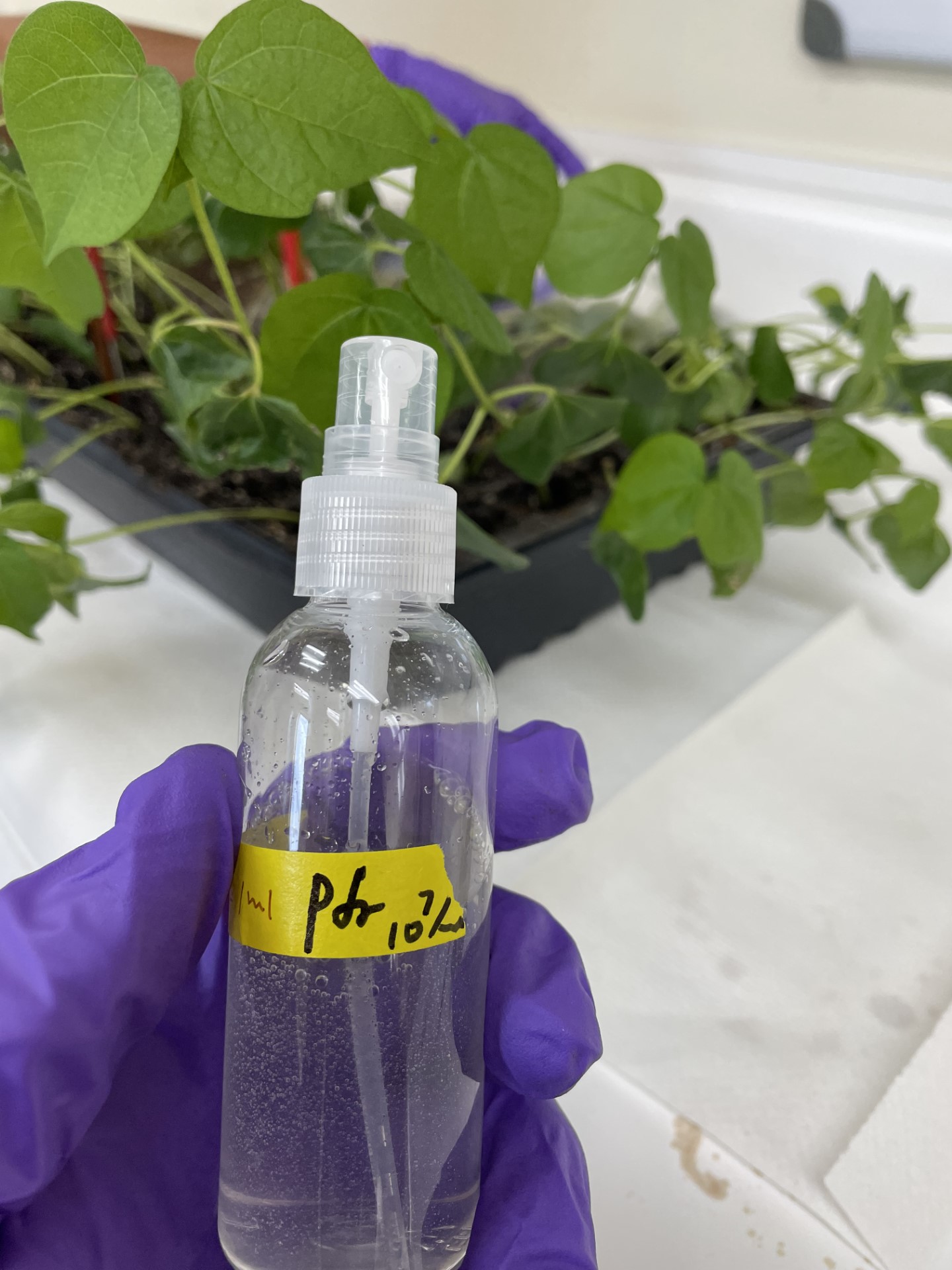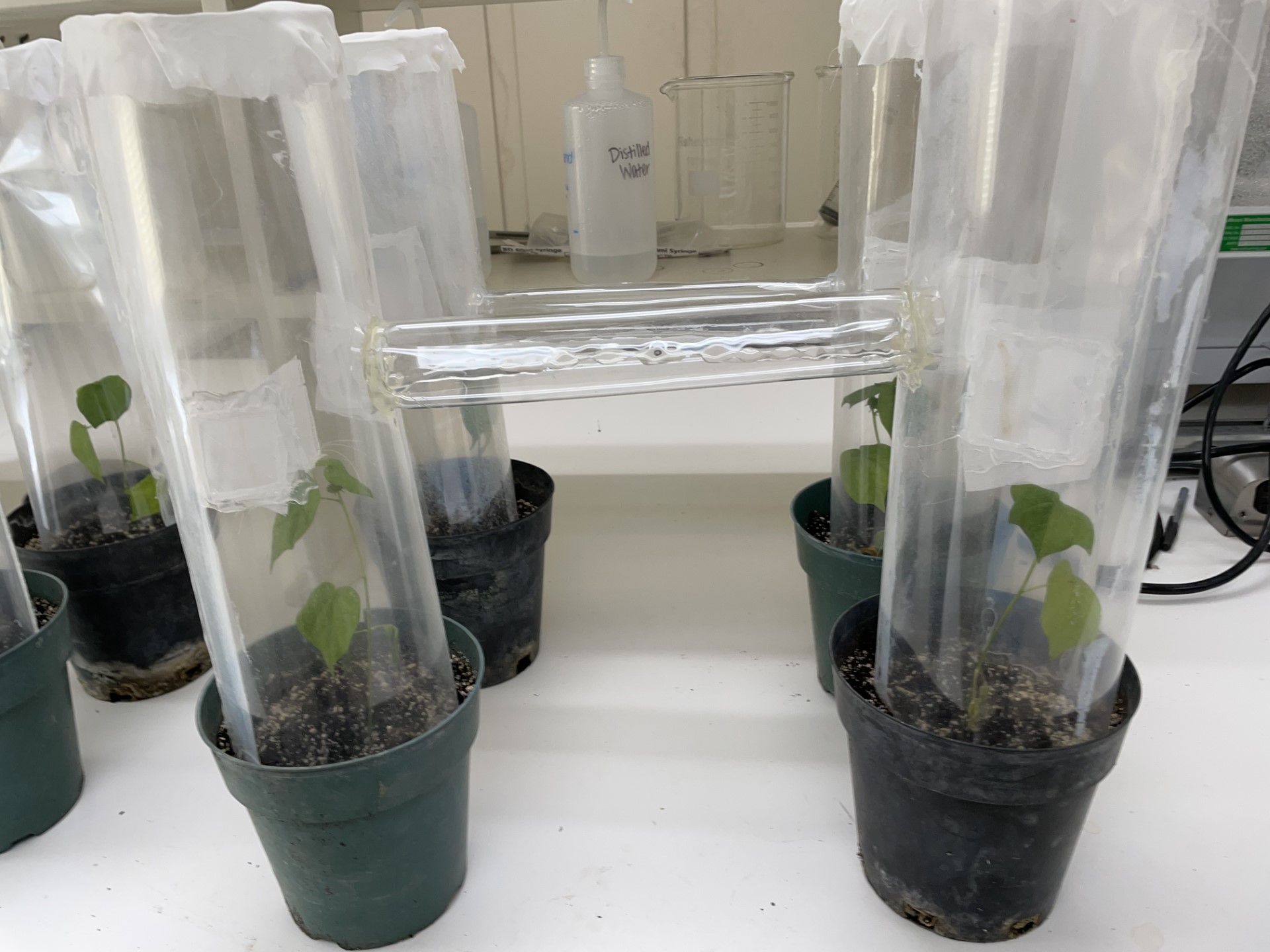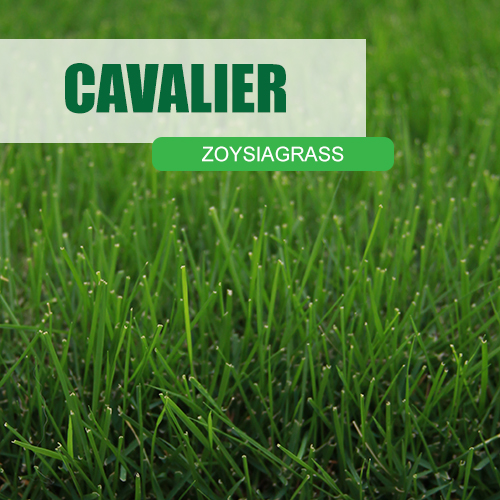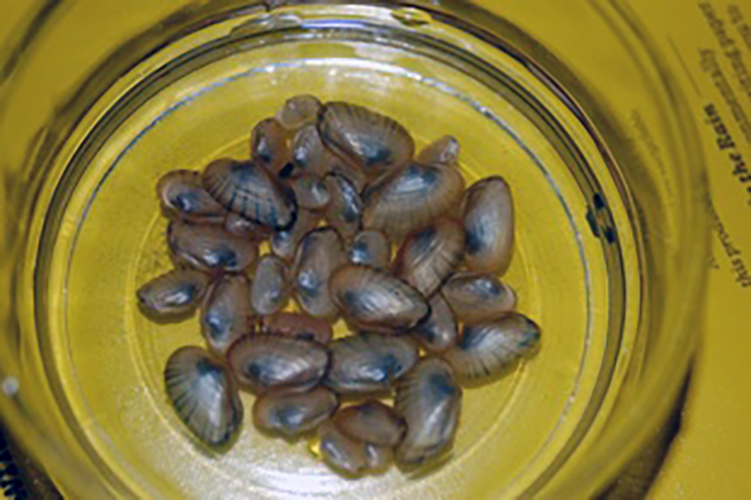Author: gabe.saldana
-
Compatibility of selective insecticides and entomopathogenic fungi with biocontrol
Selective insecticides and entomopathogenic fungi are another pillar of integrated management efforts for pest control in agricultural fields and CEA crops. While these EPFs and insecticides are highly effective in controlling several pests, studying their interaction with natural enemies is critical to ensure their compatibility with biocontrol efforts. Designing an effective integrated pest management program…
-
Habitat management to improve biocontrol efforts
The success of natural enemies in pest control largely depends on the surrounding environment providing support for their population. Flowering plants could provide vital alternative carbohydrate and protein resources for natural enemies, boosting their population growth and survivorship in a controlled environment. The research in the controlled environment agriculture entomology lab aims to find flowering…
-
Optimizing biological control efforts for pest control
The way natural enemies interact with one another and respond to the density of the target pest and alternative prey determines their efficacy in biological control efforts. Research in CEA entomology aims to find compatible mixes of natural enemies that engage in synergistic interaction and result in complementary predation on pest populations in CEA crops.…
-
Cavalier Zoysiagrass
Cavalier is a finer-textured zoysiagrass that is cold hardy, salt tolerant and resistant to tropical sod web worm, fall army worm, and the tawny mole cricket. Agronomic Merits Agronomic Utility Agronomic Limitations Susceptible to Zoysiagrass Mite
-
Diamond Zoysiagrass
Diamond Zoysiagrass is a very fine-texture variety that is tolerant to a range of pests and conditions in addition to greening up early in spring compared with other zoysia varieties. Agronomic Merits Agronomic Utility Agronomic Limitations
-
Conservation Status Maps
A Guide for Conservation Conservation status assessment maps are a way to efficiently determine the status of a given species and have been used in conservation assessments by U.S. Fish & Wildlife Service for rare aquatic species. In Texas, range maps are available for the 15 state-listed mussel species, but the spatial scale of those…
-
Host Fish Determination and Captive Propagation
The Mussel-Host Relationship Almost all of the 300+ species in North America need a host for their larvae to reach the juvenile stage. The host needed for each mussel species is typically a fish, and sometimes only a very specific fish species will work. Many mussel species have complex adaptations that attract their hosts, from…
-
FieldSurveys
The need for data Geographic patterns of mussel species distributions, combined with information on the factors that contributed to their endangerment, are necessary for developing effective conservation strategies. For freshwater mussels, specifically those occurring in Texas, distribution information is available, but only at a broad scale, and much of it is based on shell material rather…








